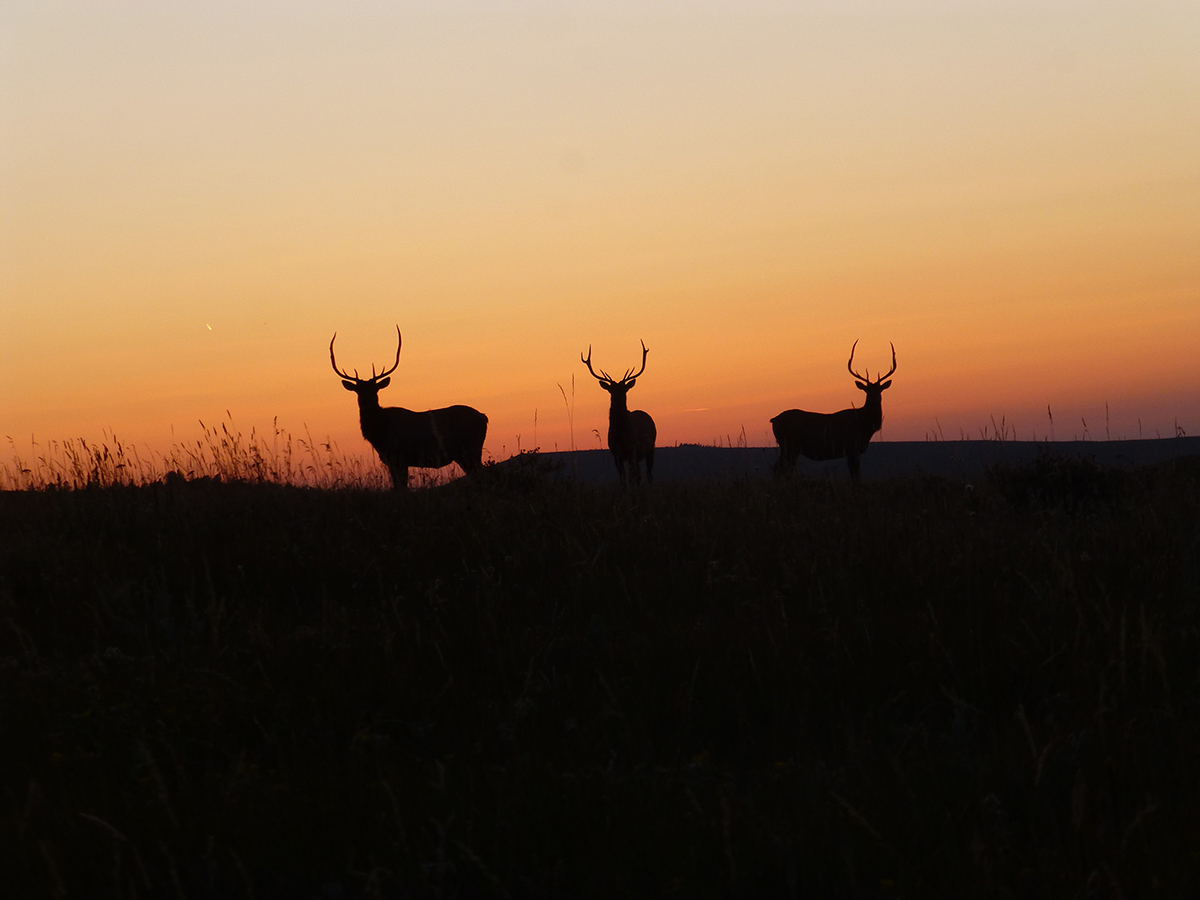It is possible, but it seems the % and # change every year.
True indeed, and obviously so. Infection rates are constantly changing- say there's a bad winter that keeps resident animals from venturing outside of their core home ranges- transmission events will go down. Human interference with natural migration corridors funnels greater numbers of animals into smaller areas, which obviously increases the risk for transmission. As with almost any disease, the figures will always be changing. Are there some areas of southern Michigan that topped out near 50% infection rate? Maybe. If so, it was probably only a brief period until mortality equalized that figure to be lower again.
As huntineveryday says above, the scientific community's opinion is solidly split for now. Do remember that this is a natural part of recognizing a threat- the consensus was, at one time, split about whether asbestos was an appropriate material for use in clothing.

